Exploring Delicious Vegetarian Paleo Recipes for Every Meal
If you’re looking to combine the nutritious benefits of a vegetarian diet with the principles of the paleo lifestyle, you’re in for a treat. Vegetarian paleo recipes offer a fantastic way to enjoy wholesome meals that focus on fresh vegetables, fruits, nuts, and seeds while avoiding grains, dairy, and processed foods. This fusion can take your meals from ordinary to extraordinary. Let’s dive into delicious vegetarian paleo recipes that you can enjoy for breakfast, lunch, dinner, and snacks.
Breakfast Ideas
Starting your day with a healthy breakfast sets the tone for the rest of the day. Here are some vegetarian paleo breakfast ideas:
- Veggie Omelette: Whip up an omelette using eggs, spinach, bell peppers, and onions. Add some spices for flavor.
- Chia Seed Pudding: Combine chia seeds with almond milk and let it sit overnight. Top with berries or sliced bananas in the morning.
- Sweet Potato Hash: Sauté diced sweet potatoes with onions and kale for a flavorful, filling breakfast.
Lunch Options
For lunch, you need meals that are satisfying yet easy to prepare. Consider these vegetarian paleo recipes:
- Quinoa Salad: Toss cooked quinoa with cucumber, cherry tomatoes, and avocado. Drizzle with olive oil and lemon juice for a refreshing salad.
- Stuffed Peppers: Fill bell peppers with a mixture of cauliflower rice, black beans (if you eat legumes), minced garlic, and spices. Bake until tender.
- Zucchini Noodles: Swap traditional pasta with spiralized zucchini. Top with a homemade tomato sauce made from fresh tomatoes, garlic, and basil.
Dinner Delights
Dinner is a perfect time to unwind and enjoy a hearty meal. Here are vegetarian paleo recipes that will leave you satisfied:
- Eggplant Lasagna: Use thinly sliced eggplant instead of pasta. Layer with marinara sauce and a mix of sautéed mushrooms and spinach for a delicious dish.
- Cauliflower Fried Rice: Pulse cauliflower in a food processor to create rice-like granules. Stir-fry with veggies, coconut aminos, and top with a fried egg.
- Butternut Squash Stew: Simmer cubed butternut squash, carrots, and kale in vegetable broth with herbs and spices for a warm and comforting stew.
Snack Time!
Snacking doesn’t have to be unhealthy. Try these vegetarian paleo snacks:
- Trail Mix: Combine nuts, seeds, and dried fruits for a nutritious grab-and-go snack.
- Guacamole and Veggies: Pair fresh guacamole with sliced bell peppers and cucumber for a crunchy treat.
- Homemade Energy Balls: Blend dates, almonds, coconut, and a dash of vanilla to form bite-sized energy balls.
Smoothie Creations
When you need a quick meal or a pick-me-up, smoothies can be a game-changer. Here are some vegetarian paleo smoothie ideas:
- Green Smoothie: Blend spinach, avocado, almond milk, and a banana for a refreshing drink.
- Berry Bliss Smoothie: Combine mixed berries with coconut milk, chia seeds, and a scoop of almond butter.
- Coconut Mango Smoothie: Mix frozen mango, coconut milk, and a little honey for a tropical delight.
With these vegetarian paleo recipes, you can enjoy every meal of the day while adhering to your dietary preferences. The vegetarian paleo diet allows you to experience a broad range of flavors and textures by emphasizing whole, nutrient-dense ingredients. Exploring this culinary world opens up exciting possibilities for both your taste buds and your health.
The Benefits of Combining Vegetarian and Paleo Diets for Better Health
The combination of vegetarian and paleo diets presents a unique opportunity for individuals looking to enhance their overall health while adhering to their dietary preferences. Both diets emphasize whole foods and a reduction in processed items, making their fusion a powerful approach to nutrition. The simplicity at the core of these diets can help you achieve your wellness goals while enjoying a variety of flavors and foods.
One significant benefit of blending vegetarianism with the paleo approach is the increased intake of nutrient-dense vegetables. Vegetables not only provide essential vitamins and minerals but also offer fiber, which is vital for digestive health. By integrating a wide range of vegetables into your meals, you can enjoy benefits such as:
- Improved gut health: A diet rich in fiber supports healthy digestion, preventing issues like constipation.
- Weight management: Vegetables are low in calories, allowing you to eat satisfying portions without excess calories.
- Reduced risk of chronic diseases: A high vegetable intake is linked to lower rates of heart disease, diabetes, and certain cancers.
Wholesome, plant-based proteins is another essential aspect of a vegetarian paleo diet. By emphasizing foods like legumes, nuts, and seeds, you can benefit from better satiety and energy levels throughout the day. While some traditional paleo diets limit or eliminate legumes, adapting this aspect allows you to reap the protein benefits. Key sources of plant-based protein include:
- Chickpeas: Versatile and filling, chickpeas can add texture to salads or be blended into hummus.
- Quinoa: Often considered a super grain, quinoa delivers all nine essential amino acids.
- Almonds: These nuts provide healthy fats and protein, perfect for snacking or adding to dishes.
Another vital aspect of merging these diets is the focus on healthy fats. Both paleo and vegetarian diets can incorporate heart-healthy fats from sources like avocados, olive oil, and nuts. These fats help you absorb fat-soluble vitamins and maintain balanced hormones. Healthy fats offer advantages such as:
- Heart health: They can lower bad cholesterol levels and reduce the risk of heart disease.
- Improved brain function: Healthy fats support cognitive functions and can improve memory.
- Enhanced flavor: Adding healthy fats can make meals more satisfying and enjoyable.
When you blend vegetarian principles with the paleo framework, you’ll often find it easier to create diverse, flavorful meals. This diversity helps prevent boredom and encourages adherence to your dietary choices. Here are some creative meal ideas to try:
- Paleo Veggie Stir-Fry: Use a mix of broccoli, bell peppers, and zucchini sautéed in coconut oil with garlic and spices.
- Stuffed Bell Peppers: Fill bell peppers with a quinoa mixture, black beans, and spices for a hearty main dish.
- Avocado and Chickpea Salad: Combine mashed avocado with chickpeas, lime, cilantro, and tomatoes for a protein-packed dish.
Another essential benefit of this dietary combination is its sustainable aspect. Adopting a vegetarian approach can contribute to lower environmental impacts compared to high-meat diets. You not only promote personal health but also support ethical food sourcing and animal welfare. Here’s how the vegetarian paleo ethos encourages sustainability:
- Less meat consumption: Choosing plant-based proteins reduces the reliance on animal agriculture, which is resource-intensive.
- Focus on local produce: Choosing seasonal vegetables encourages biodiversity and reduces food miles.
- Waste reduction: A whole-food diet often leads to less packaged food waste, promoting a healthier planet.
Combining vegetarianism with the paleo diet offers unique potential for health, wellness, and environmental sustainability. By embracing an array of vegetables, wholesome plant proteins, and healthy fats, you can enjoy a nourishing diet that promotes your well-being. Whether you’re seeking to improve your health or make more mindful food choices, the blend of these two diets can lead to a fulfilling, balanced eating experience. Start experimenting with flavors and ingredients that excite you, and watch as your health thrives on this innovative dietary path.
Conclusion
Embracing vegetarian paleo recipes opens a world of flavorful and nutritious meals that cater to diverse dietary preferences. By blending the principles of vegetarianism with the wholesome elements of the paleo diet, you can create dishes that are not only satisfying but also packed with essential nutrients. This unique combination allows you to enjoy a variety of plant-based foods such as fresh vegetables, fruits, nuts, and seeds, while still adhering to the core values of the paleo lifestyle.
The health benefits of merging these two diets are numerous. By focusing on whole, unprocessed foods, you can boost your energy levels, improve digestion, and support weight management. Additionally, this approach fosters an increased intake of vitamins, minerals, and antioxidants, which play a vital role in overall wellness. As you experiment with different vegetarian paleo recipes, you may find yourself feeling more vibrant and energized in your day-to-day life.
Whether you’re preparing a hearty breakfast, a refreshing lunch, or a wholesome dinner, there are endless possibilities to explore. Think colorful salads, savory veggie stir-fries, and satisfying grain-free snacks. You can delight in these meals while knowing you’re nourishing your body with clean and healthy ingredients.
As you dive into the world of vegetarian paleo cooking, remember that the journey is as delightful as the destination. With each recipe you try, you learn more about how to combine flavors and textures in creative ways. So, gather your favorite ingredients, unleash your culinary creativity, and enjoy the abundant health benefits that come from this delicious fusion of diets.
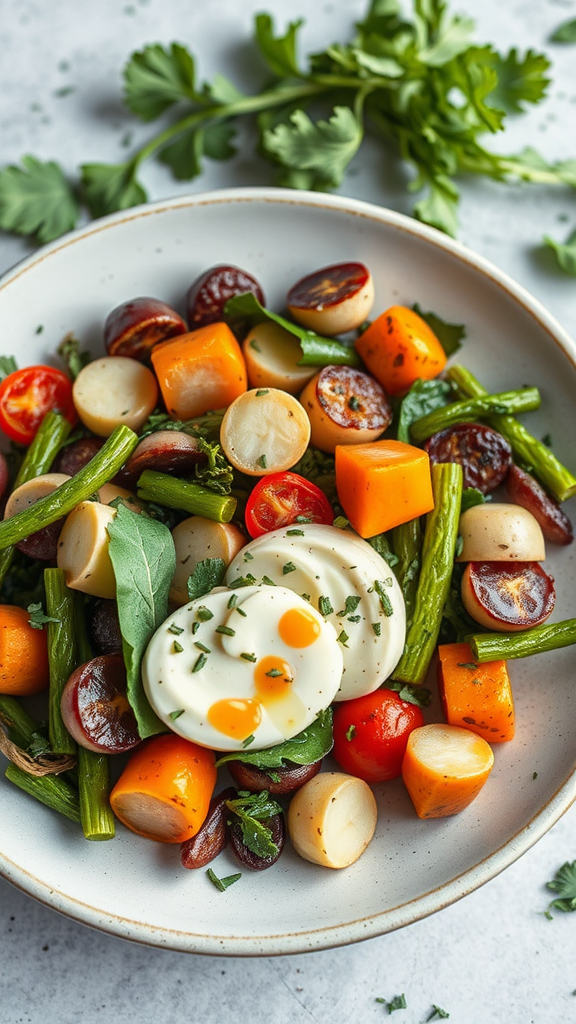
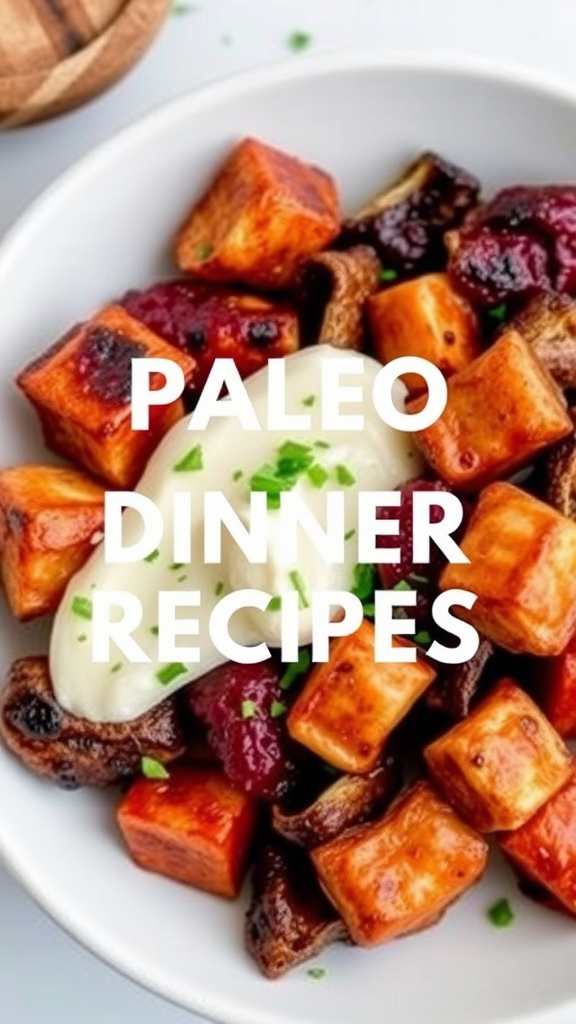
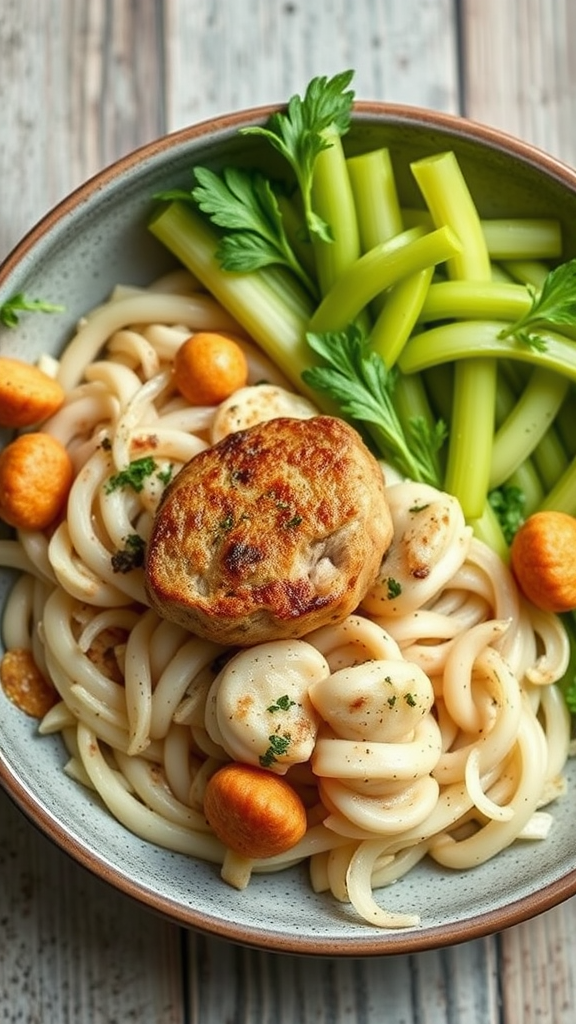
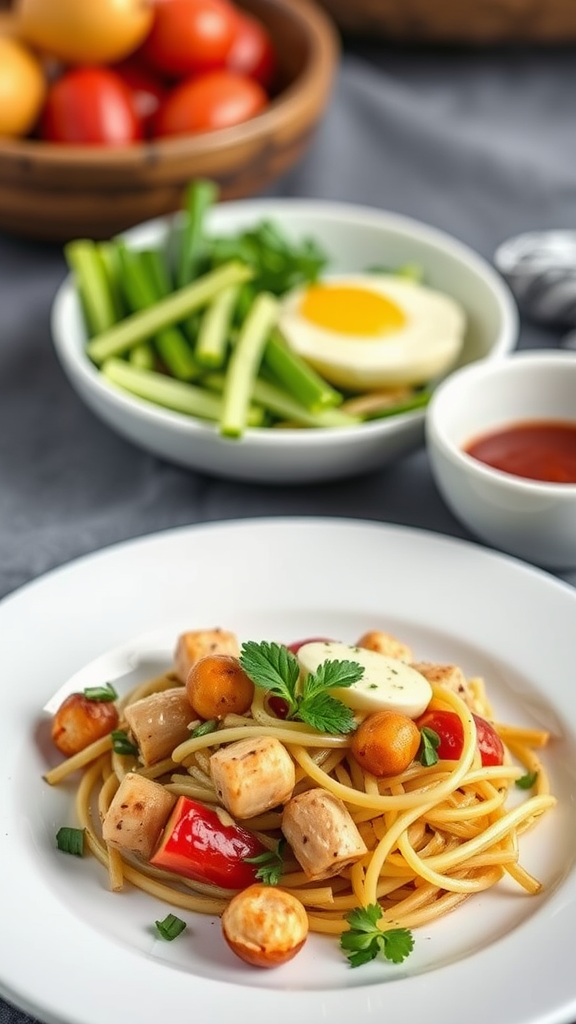
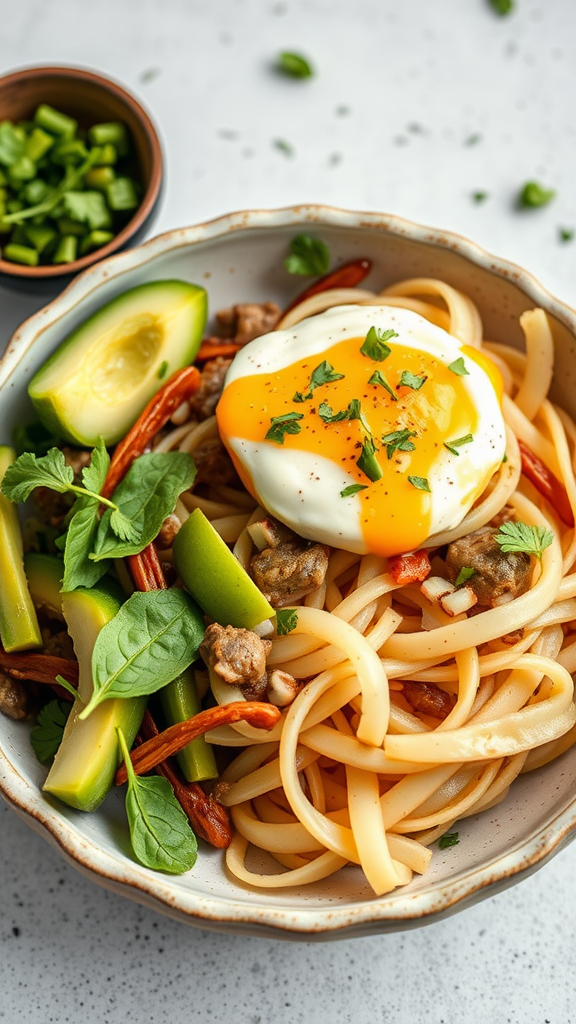
Leave a Reply